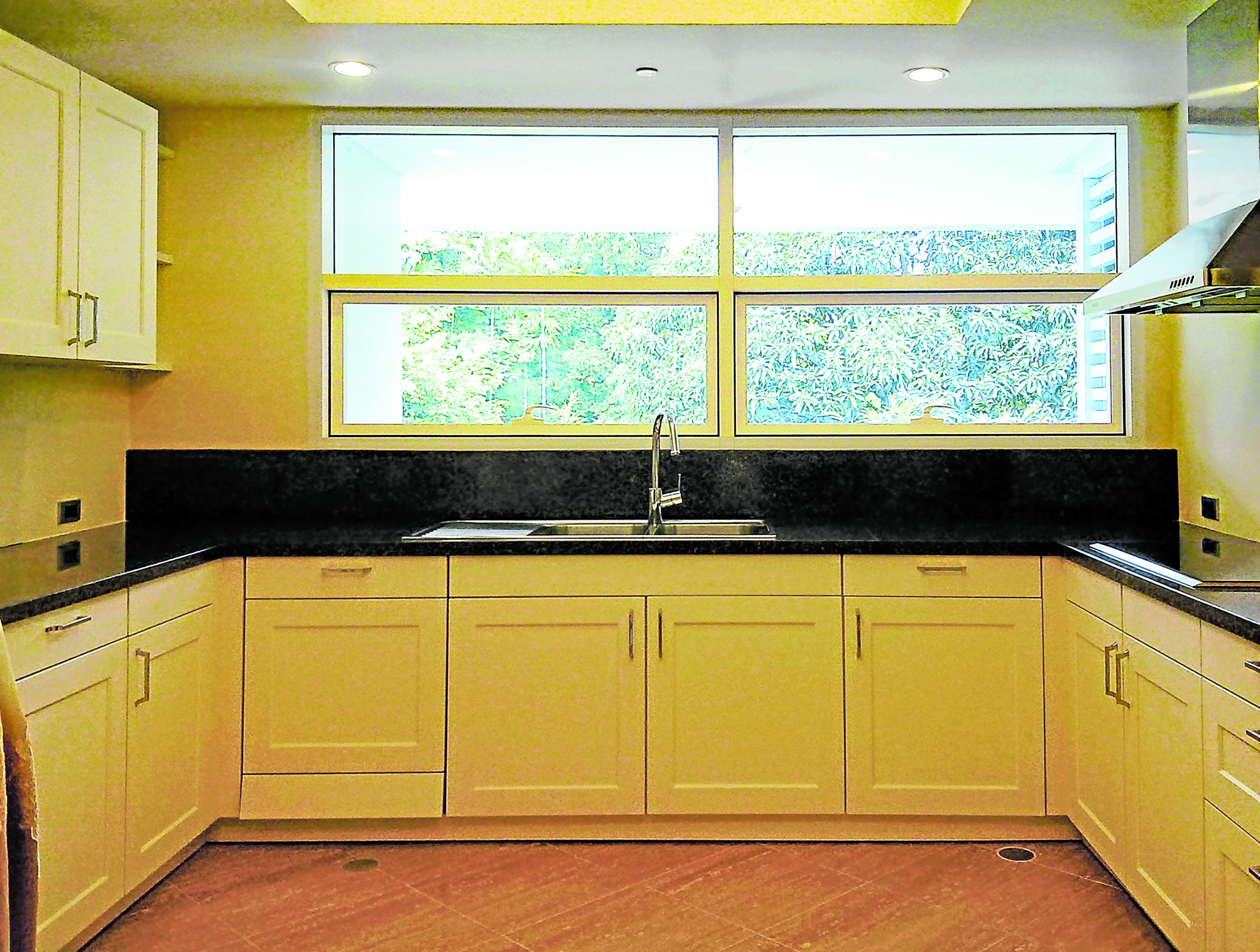Tapped by a school to work on the portico of its new building, interior designer Tina Periquet spotted glaring errors throughout the place. The most appalling was the sight of urinals from the lobby, which potentially detracted from the welcoming ambience.
Periquet learned from an American architect that bathrooms should always be tucked away in any high-quality space. Who wants to see urinals, visitors emerging from the toilet with clothes still in disarray or smell anything foul in a public space? Without trying to undermine the architect, she pointed out the design problem.
The architect defended the concept as a barrier-free design so that people could easily find their way to the bathroom.
Periquet replied, “Have you ever heard of way-finder’s signage?” She wanted to make him understand women’s reactions to exposed restrooms and the lack of privacy in the design.
“As humans, we respond to perceptions. These need to be addressed as functionality. This is where the interior architect comes in,” said Periquet. “My thrust is to work with the architect and not to compete.”
A hot topic, interior architecture is seen as gray area between design and architecture.
“Architecture can be seen as the design of a large container which human beings can move in and out of. It’s the box,” explains Periquet.
“Interior designers create the space inside it. What will populate that space? They will break things inside and furnish it. They will decorate the skin and arrange all the different features that have been left after the architect has put in his columns and beams; the engineers have brought in their plumbing and electrical wiring. Interior designers arrange everything once it’s all done. Who does the in-between stuff in designing: Where to put the lights, how will the air conditioner occupy the space? What to do with the beams and the ceiling space?”

Makeover
She knows whereof she speaks. Periquet acquired her master’s of science degree in interior design at Pratt Institute in New York. Like many interior designers, she learned about interior architecture on the job and took up courses in architecture. While interior architecture is recognized overseas and is a separate study, this field has yet to be acknowledged in the Philippines.
By law, the title “architect” can only be used by those who have a license in architecture and are registered under regulatory boards. Many interior designers change the interior structure down to wiring to complete their vision. Yet, they can’t be called “interior architects” here. On the other hand, some architects who are equally competent in interior design, can be called interior architects.
As the roles of architects and interior designers evolve with the times, the boundaries of their jobs tend to blur. This gap between architecture and interior design needs to be bridged.
Giving an example of architectural interventions, Periquet cited the transformation of a simple showroom at a high-end condominium into a design statement.
Discovering four feet of space above the ceiling, Periquet moved it up to give more room height. A cutout on the ceiling plane augmented the feeling of openness and made a provision for a lighting accessory.
Instead of breaking the walls to install glass, she added mirrors above the windows and framed them to lend the illusion of tall windows. The corners were angled to accommodate decorative lights and to add visual depth.
High-grade porcelain tiles accented with brass strips made practical but elegant flooring. She opened the windows to the garden views to bring the outside in.
Ivy Almario of Atelier Almario opened up the covered veranda into a lanai (above; premakeover, top). The stone flooring and timber ceiling exude the tropical vibe. The neighbor’s wall was cleaned and it was used as a backdrop for the bamboo to create a beautiful view.
Competencies
Periquet cited several ranges of competencies in design.
The interior decorator doesn’t need to be schooled but has great taste and a sense of style. They know how to choose paint, fabric, furniture and accessories to create an aesthetically pleasing environment. “If you want a pretty curtain, you don’t need somebody who spent four years in design school,” she said.
The interior design stylist is the graduate of an accredited school, possesses the qualifications of an interior designer but has yet to pass the board exams.
The interior designer creates spaces that foresee people’s needs and appeal to their emotion. “Interior design is more art than science. The designer adds what will populate the space, pattern, texture and soft furnishing,” said Periquet.
The interior architect focuses on sculpting and detailing the space.
“Think of the space as having bones and skin. The bones are the structure, engineering, the four walls, the ceiling, floor and beams. The interior architect fixes up the bones,” explained Periquet.
“If you need to enhance your master suite and are happy with how the windows and the bone structure look, then you don’t need to go farther than the interior designer. Restructuring, enlarging the space, breathing new life through adaptive reuse (reusing the space other than its original purpose), changing a bachelor’s pad into a home for a family of three are more complex jobs.
“The interior architect can do what an interior designer can, but does the serious, technical stuff. A designer solves a space problem by developing a strategy and decorating. The interior architect undertakes the engineering and aesthetics, thinking of proportion and height.”
Both interior design and interior architecture can produce radical makeovers. Moreover, interior architecture increases the value of the space with the investment-grade improvements.
Periquet pointed out that the public needs to be educated about the spectrum of designers. “Know who is who. Everyone should coexist and do their job.” —CONTRIBUTED
Read more Lifestyle stories:
How to spend QT with your ride-or-die, internetcore style
Create new memories at home with the perfect partner for unlimited home entertainment
We want these ’80s and ’90s makeup trends to make a comeback